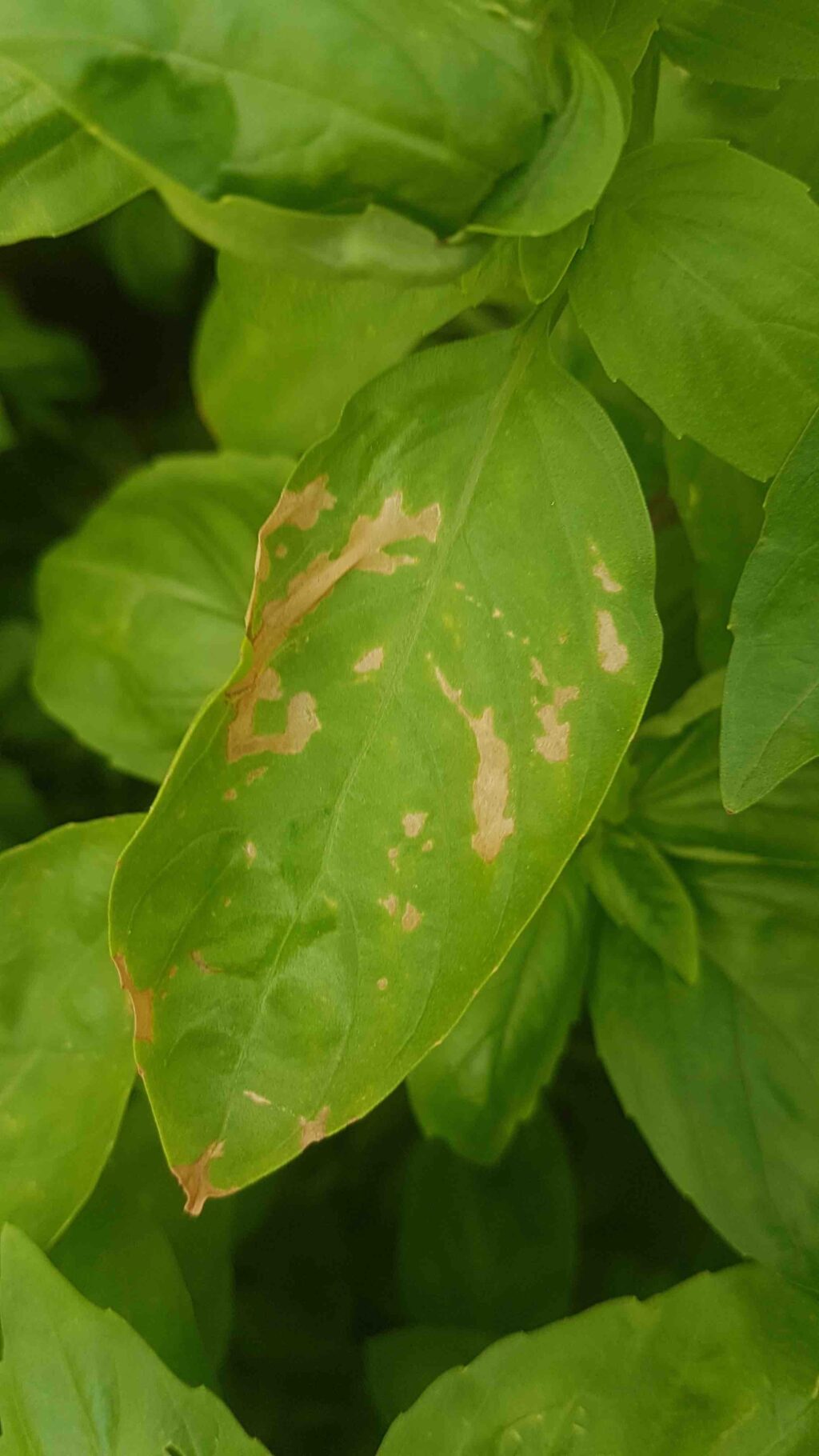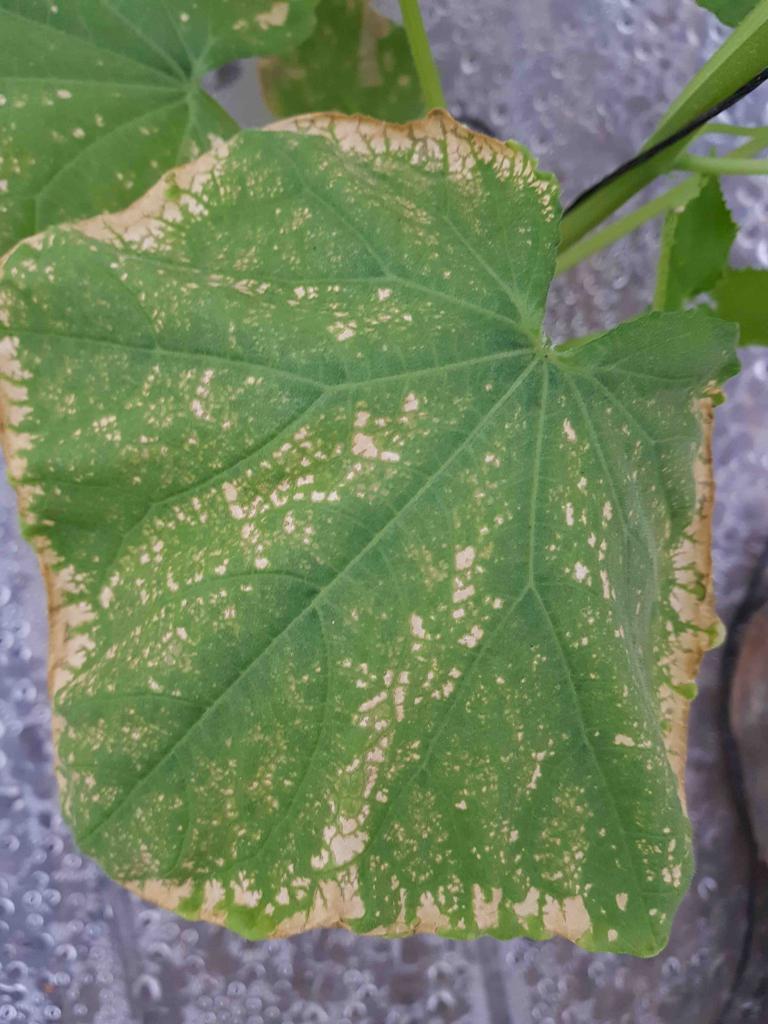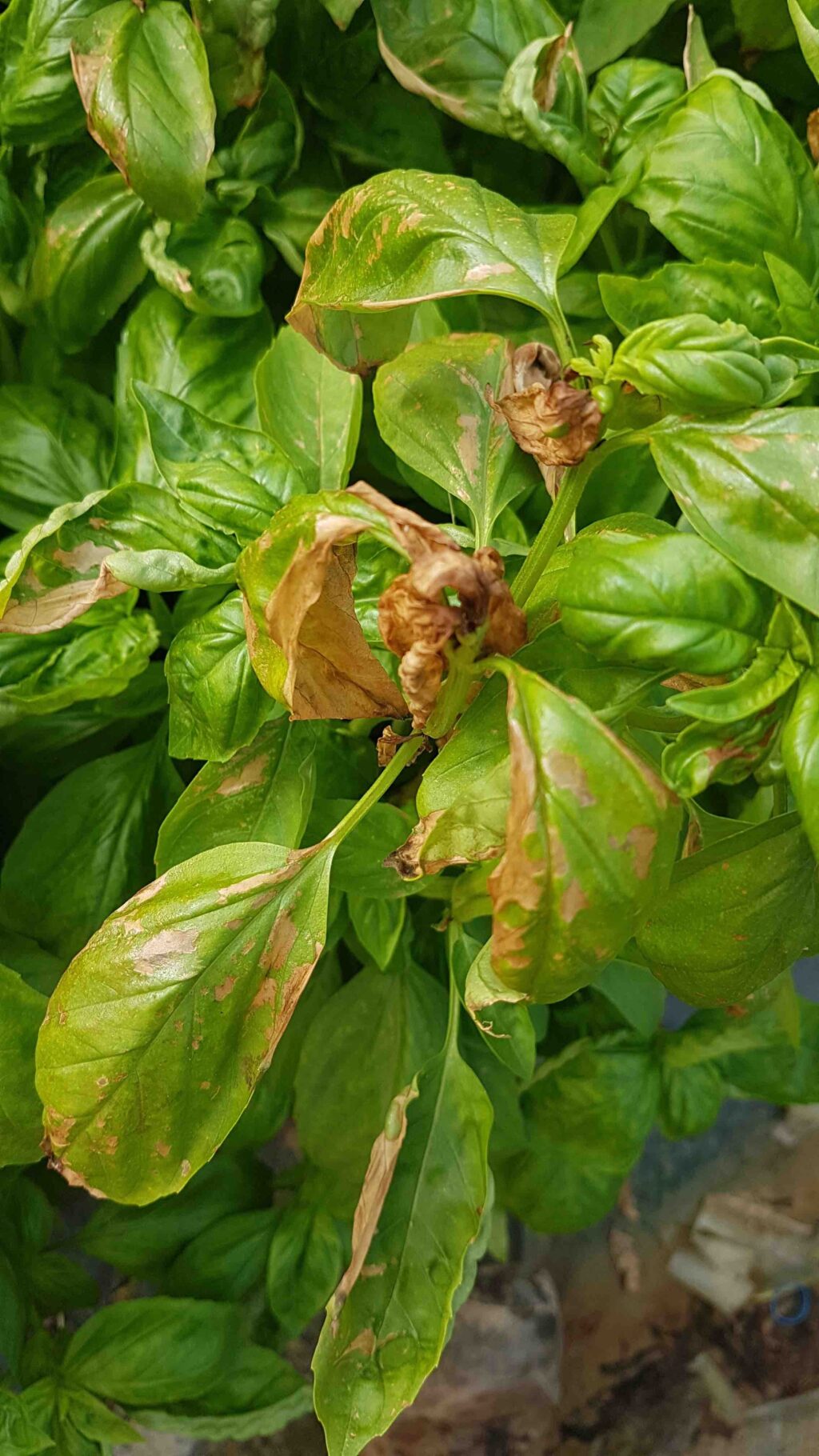fitoktosisitas
All crops
Phytotoxicity occurs when substance causes a toxic effect on plants.
Phytotoxicity can occur when chemicals are applied, such as in foliar spraying and irrigation systems, in order to protect plants from diseases, pests and other hazardous. Additionally, phytotoxicity can occur following applications of fertilizers or growth regulators.
Reasons:
*Improper use: Applying off label brands, overdosing plants with chemicals, and applying concentrations that are too high.
*Timing: Applications took place in unfavorable environmental conditions, such as the temperature was too hot.
Phytotoxicity symptoms vary significantly between different crops and substances. However, the symptoms will usually include:
A rapid, sweeping change to most plants in the field in the form of deformed or distorted plant parts (especially newer foliage) and necrosis usually seen on the tips or margins of leaves.
Tidak terdapat alat ukur. Olehkarena itu, fokus harus dilakukan pencegahan.
Dilarang menyemprot saat kondisi area berangin. Tidak di sarankan untuk mencampur dua bahan aktif yang berbeda sesuai yang ada dalam label produk. Bacalah label produk dan melakikan pekerjaan sesuai dengan syarat dan ketentuan yang tercantum dalam label produk. Lakukan pemeriksaan untuk residu kimia dalam sejumlah kecil tanaman dan perlu dilakukan pemantauan minimal 24 jam untuk mengetahui efek samping terhadap tanaman. Pemeriksaan ini harus dilakukan sebelum melakukan aplikasi bahan kimia ke total keseluruhan dari tanaman.
Jangan lakukan penyemprotan ketika suhu diatas 32 derajat celciu, dikarenakan efek dari bahan kimia akan berkurang ketika suhu naik. Disarankan untuk penyemprotan dilakukan dimalam hari atau dini hari.
*Names marked in red are considered to be highly poisonous to beneficial insects.
*Names marked in green are considered to be organic and IPM (integrated pest management) compatible.
Image Gallery


